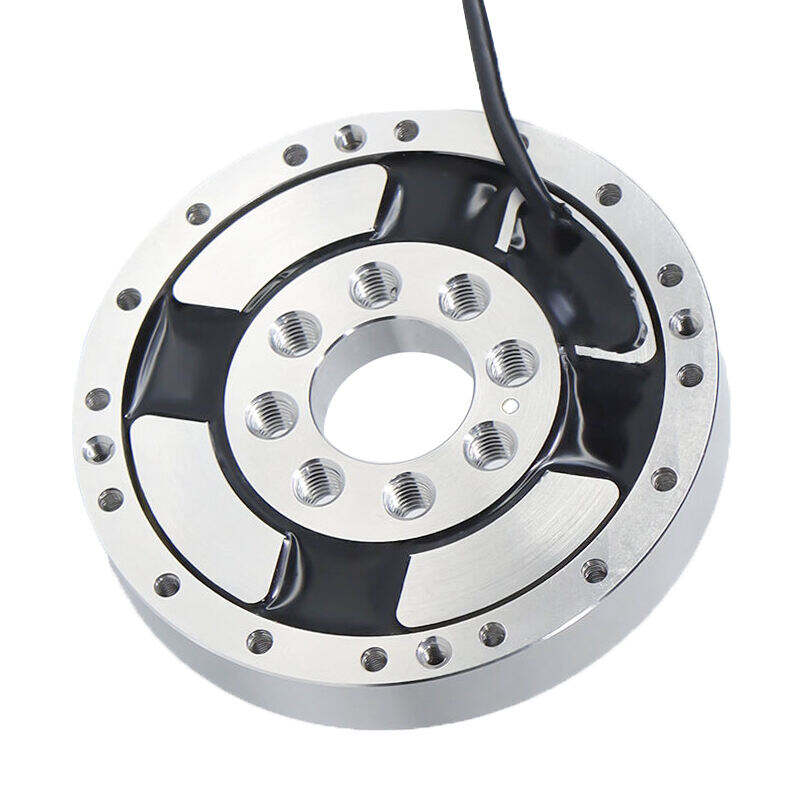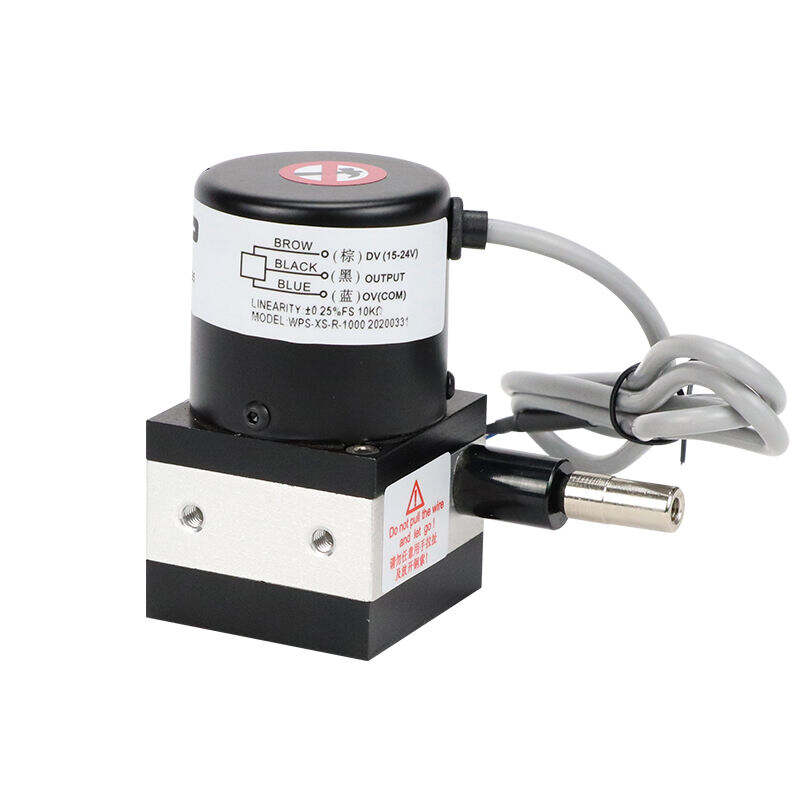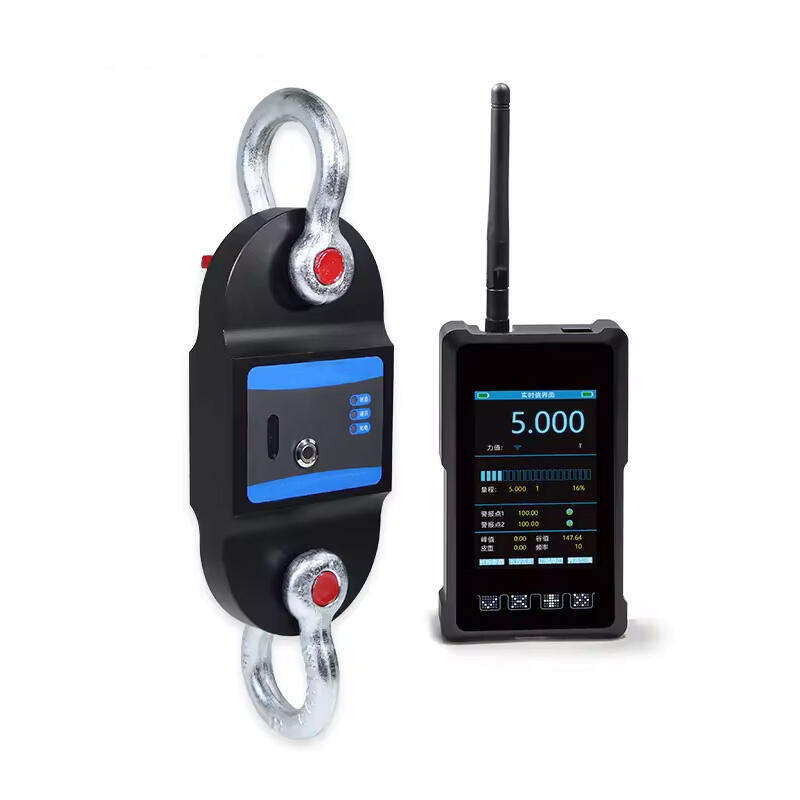Weight transmitter load cell
A Weight transmitter load cell is a sophisticated measuring device that converts mechanical force into electrical signals, providing precise weight measurements in various industrial applications. This advanced instrument combines the robust functionality of load cells with intelligent signal processing capabilities, ensuring accurate weight data transmission and monitoring. The device typically features high-resolution analog-to-digital conversion, multiple calibration options, and various output protocols for seamless integration with control systems. Operating through strain gauge technology, the weight transmitter load cell measures the deformation of the sensing element under applied force, converting this mechanical stress into proportional electrical signals. These signals are then processed, digitized, and transmitted to connected systems for real-time weight monitoring and control. The device supports multiple communication interfaces, including 4-20mA, RS485, and digital outputs, making it compatible with various industrial automation systems. Modern weight transmitter load cells incorporate advanced features such as temperature compensation, digital filtering, and auto-zero tracking to maintain measurement accuracy under varying environmental conditions. They are essential in applications ranging from process control and inventory management to automated production lines and quality assurance systems. The device's robust construction ensures reliable operation in harsh industrial environments, while its precision electronics deliver consistent, accurate measurements crucial for process optimization and regulatory compliance.


